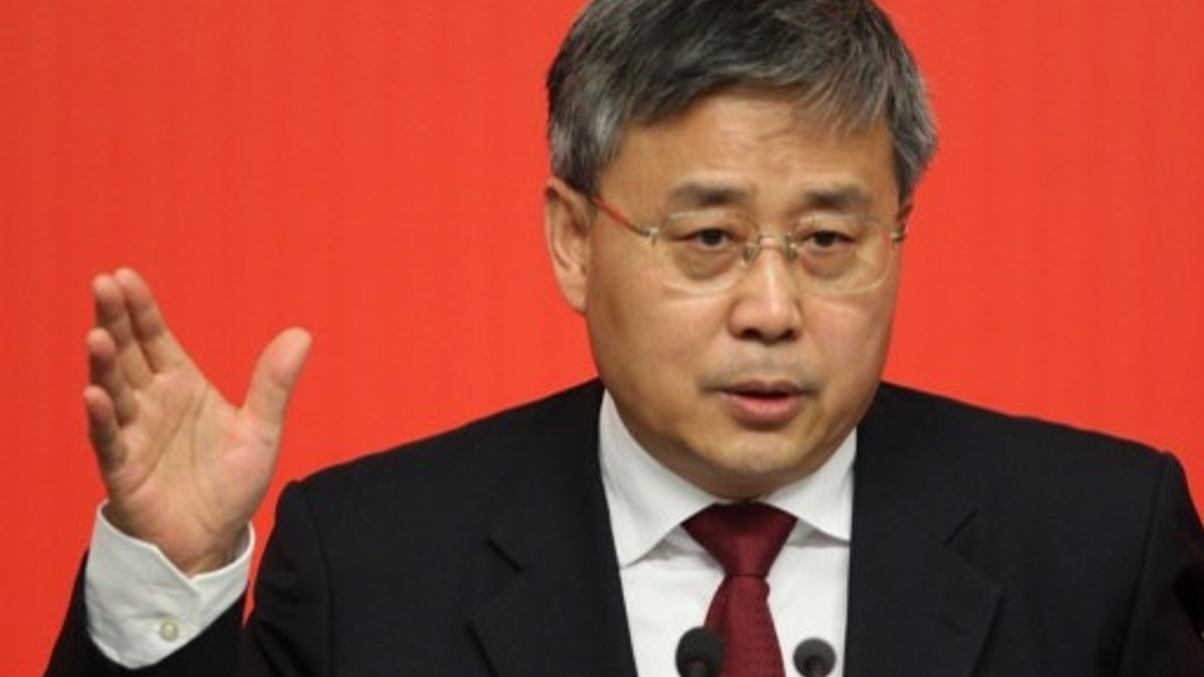NSSF target for SOE stakes seen as over-ambitious
Handing 30-50% of Chinese listed state-owned entities' equity to the country's National Social Security Fund would be too aggressive a move, says consultancy Z-Ben Advisors.

The chairman of China's securities regulator has reiterated a proposal that as much as half of the stock of listed Chinese state-owned enterprises (SOEs) should be handed to the country's National Social Security Fund (NSSF).
Sign in to read on!
Registered users get 2 free articles in 30 days.
Subscribers have full unlimited access to AsianInvestor
Not signed up? New users get 2 free articles per month, plus a 7-day unlimited free trial.
¬ Haymarket Media Limited. All rights reserved.


